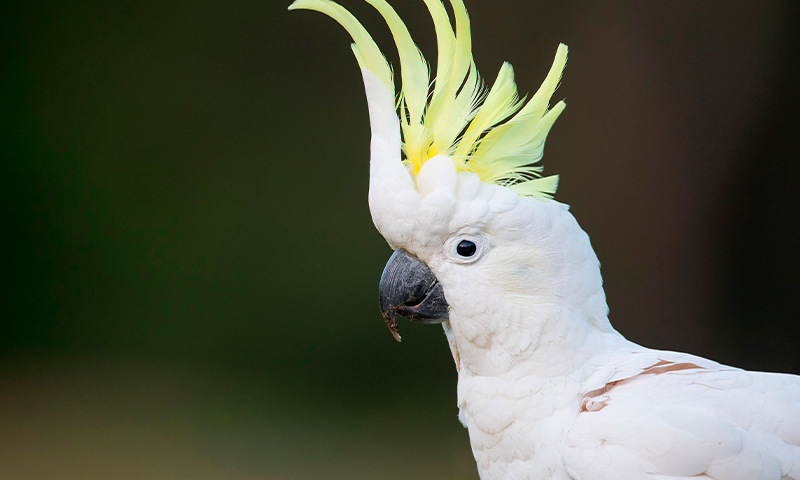Now Reading: Feather Forensics: A New Tool to Tackle Poaching
-
01
Feather Forensics: A New Tool to Tackle Poaching
Feather Forensics: A New Tool to Tackle Poaching

Quick Summary
- The illegal wildlife trade affects nearly half of all bird species globally,particularly targeting songbirds adn parrots for the black market.
- Stable isotope analysis is a scientific method developed to trace a bird’s origins by analyzing the chemical composition in its feathers, which reflects its diet and habitat.
- Captive birds consume diets such as corn and sorghum, while wild birds primarily eat fruits, nuts, and seeds-leading to distinct chemical signatures stored in their feathers.
- Katherine Hill’s research focused on four common Australian parrot species and found that stable isotope analysis could accurately distinguish between wild and captive galahs 90% of the time, with varying effectiveness for othre species.
- Despite its promise, stable isotope analysis faces challenges such as dietary overlaps between wild and captive birds or limitations tied to feather molting cycles (often about one year).
- Wildlife authorities currently do not widely utilize this technique in anti-poaching efforts; however, experts recognize its potential if combined with other investigative tools.
Indian Opinion Analysis
The growth of feather-based stable isotope analysis underscores how innovative scientific methods can contribute to global conservation efforts against wildlife crimes like poaching-a meaningful concern relevant to India given its rich biodiversity. While not widespread yet in enforcement practices globally or locally in India, integrating techniques like this into existing frameworks could strengthen monitoring systems to deter illegal wildlife trade impacting avian populations in the region.
India’s forests are home to diverse birdlife vulnerable to exploitation due to high demand for exotic pets domestically and abroad. Reporting advancements such as these highlights an ongoing need for collaborative approaches between scientists and legal authorities worldwide-including dedicated Indian researchers developing similar datasets for native bird species like parakeets or hornbills affected by poaching.
For India specifically, robust crime-tracing resources would need large-scale public involvement akin to Hill’s triumphant community initiative-a model worth exploring given India’s populous engagement potential via social networks or grassroots awareness campaigns targeted toward anti-trafficking measures benefiting local ecology long-term while aligning platforms ethically aiding protections established judicial spaces therein too



























